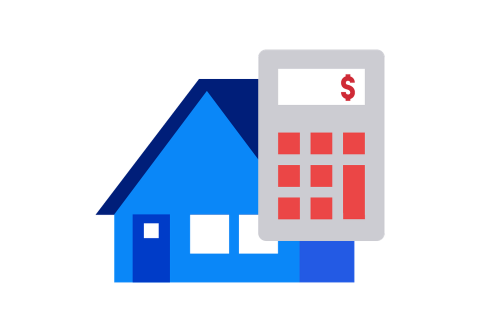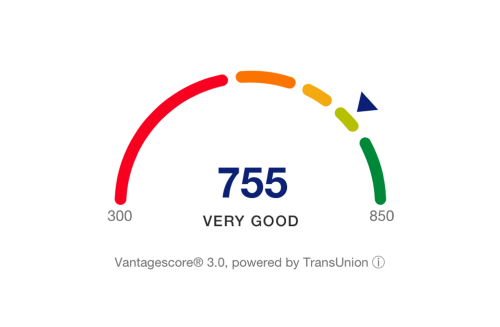What’s the difference between mortgage rate and APR?
The mortgage interest rate represents the cost of borrowing money as a percentage of the principal loan amount. It is the base rate you are charged for borrowing the funds. In contrast, the APR provides a more complete view of your loan’s total cost. The APR combines the interest rate with other lender fees, such as origination fees or discount points. The APR can help borrowers understand the overall financial impact of their loan, and make it easier to compare different mortgage offers.





